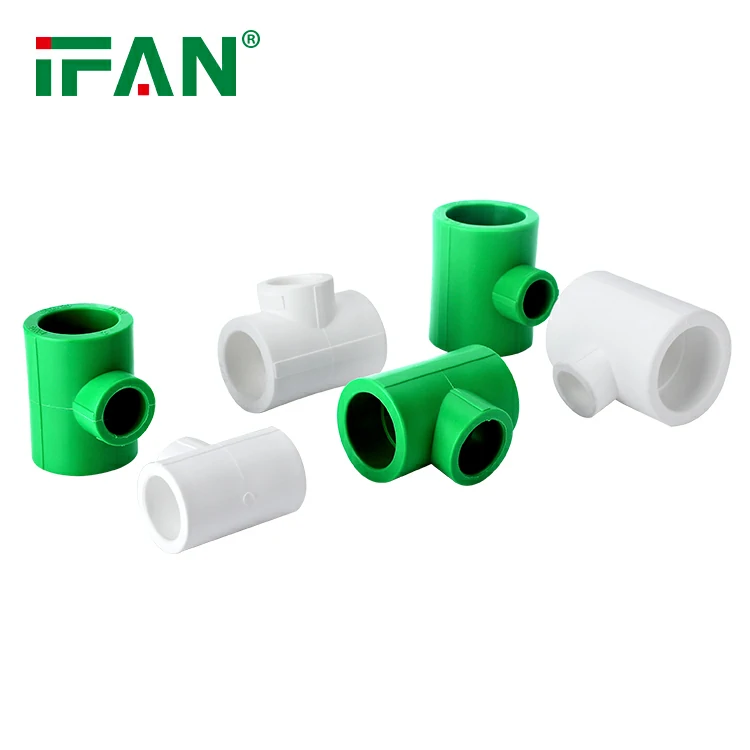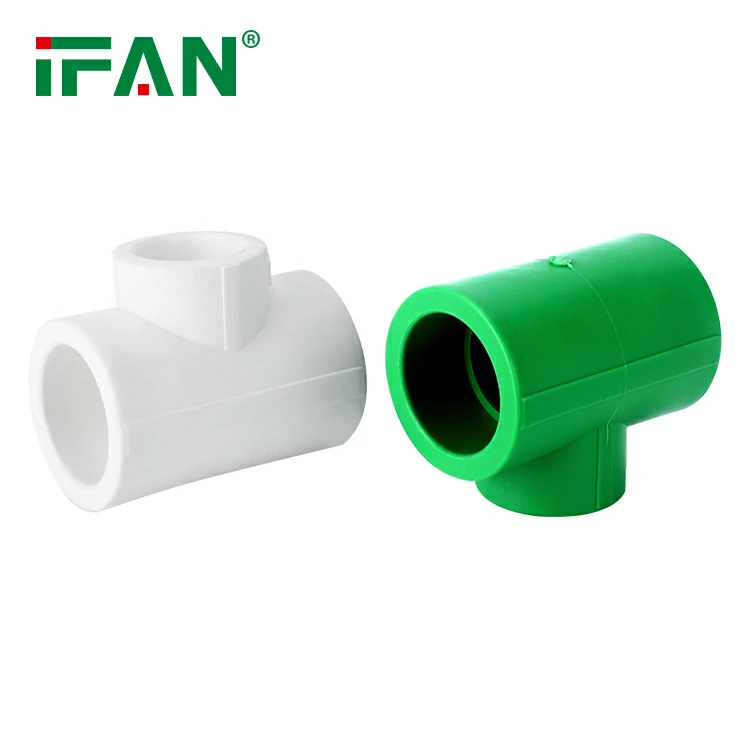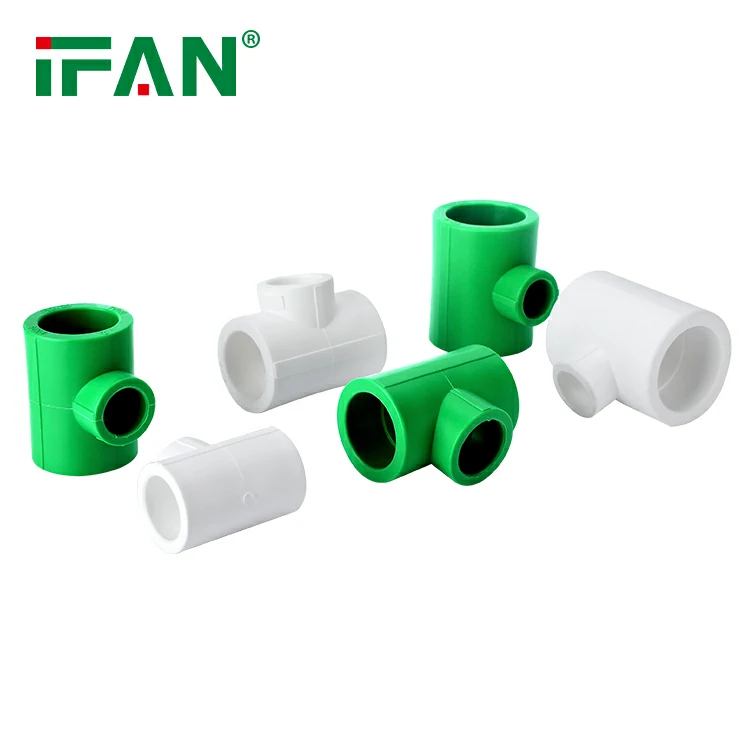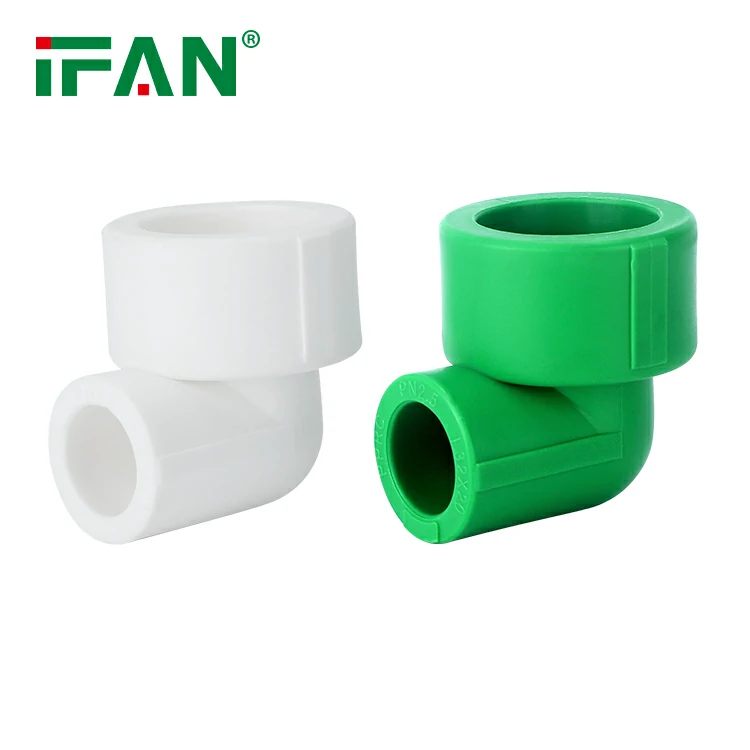Introduction
In the ever-evolving world of plumbing, efficiency and reliability are paramount. One of the most significant advancements in recent years has been the introduction of the speedy PEX pipe expander. This tool has revolutionized the installation of PEX (cross-linked polyethylene) piping systems, making the process faster and more straightforward. However, as PEX continues to gain traction, it’s essential to consider alternatives such as PPR (Polypropylene Random Copolymer) pipes, which also offer unique benefits for plumbing installations. This article will delve into the workings of the PEX pipe expander, compare PEX with PPR pipes, and highlight the implications for modern plumbing practices.
Understanding PEX and the Role of the Expander
What is PEX?
PEX is a flexible plastic piping system widely used in residential and commercial plumbing. Its flexibility allows for easy installation in various configurations, reducing the number of fittings required and minimizing potential leak points. However, to create secure joints in PEX systems, expansion fittings are often utilized, which is where the speedy PEX pipe expander comes into play.
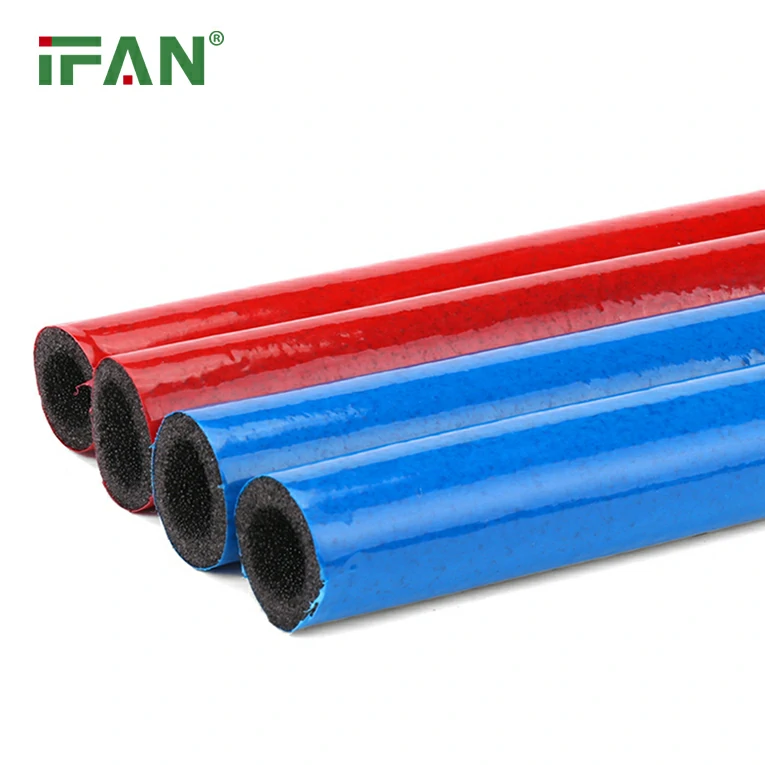
The Speedy PEX Pipe Expander
The speedy PEX pipe expander is a specialized tool designed to facilitate the quick and efficient installation of PEX piping systems. Here’s how it works:
- Expansion Fitting: The expander tool works by enlarging the diameter of the PEX pipe at the connection point, allowing an expansion fitting to be inserted easily.
- Quick Operation: The design of the tool allows for rapid expansion, minimizing installation time. This efficiency is particularly beneficial in large-scale plumbing projects where time is of the essence.
- Reduced Labor Costs: With the ability to complete installations faster, contractors can save on labor costs, making PEX installations more economically viable.
- Improved Reliability: The secure connections made possible by the expander reduce the likelihood of leaks, enhancing the overall reliability of the plumbing system.
Comparing PEX with PPR Pipes
While PEX is gaining popularity due to its flexibility and ease of installation, PPR pipes also offer several advantages that make them a compelling alternative. Here’s a comparison of the two materials:
1. Material Composition
- PEX: Made from cross-linked polyethylene, PEX is known for its flexibility and resistance to corrosion. However, it can be susceptible to certain chemicals and UV exposure, which may limit its longevity in some applications.
- PPR: PPR pipes are constructed from polypropylene, a material known for its chemical resistance and durability. PPR pipes are less affected by temperature fluctuations and can handle higher pressure and temperature applications.
2. Installation Process
- PEX: The installation process for PEX involves using the speedy pipe expander for expansion fittings, which can save time and reduce labor costs. However, PEX requires careful handling to avoid damage during installation.
- PPR: PPR pipes are typically joined using heat fusion techniques, which require specific equipment but provide strong, leak-proof connections. The installation process can be more complex, but the resulting joints are highly durable.
3. Lifespan and Durability
- PEX: PEX pipes have a lifespan of approximately 25 to 50 years, depending on the installation and environmental conditions. They are resistant to corrosion, but extreme temperatures can affect their integrity.
- PPR: PPR pipes have a longer lifespan, often exceeding 50 years. They are resistant to both high temperatures and chemical damage, making them suitable for a wide range of applications, including hot and cold water systems.
4. Environmental Impact
- PEX: The production of PEX pipes involves petrochemical processes, which can have environmental implications. However, PEX is recyclable, and advancements in recycling technology are improving its sustainability profile.
- PPR: PPR pipes are also made from plastic, but their manufacturing process is generally considered to be less harmful to the environment compared to PEX. Additionally, PPR pipes are fully recyclable, contributing to a more sustainable plumbing option.
Advantages of Using PPR Pipes
- Chemical Resistance: PPR pipes are highly resistant to a variety of chemicals, making them suitable for industrial applications where chemical exposure is a concern.
- Thermal Stability: PPR pipes can handle higher temperatures without compromising their structural integrity, making them ideal for hot water applications.
- Cost-Effectiveness: While the initial cost of PPR pipes may be higher than PEX, their longevity and durability can lead to cost savings in the long run due to reduced maintenance and replacement needs.
- Ease of Maintenance: PPR pipes require minimal maintenance and are less prone to leaks compared to PEX systems, which can be affected by temperature changes and installation errors.
The Future of Plumbing: PEX and PPR
As the plumbing industry continues to evolve, the choice between PEX and PPR pipes will largely depend on the specific requirements of each project. The speedy PEX pipe expander has undoubtedly made PEX installations faster and more efficient, but PPR pipes offer a compelling alternative with their durability and chemical resistance.
Considerations for Choosing Between PEX and PPR
- Project Requirements: The choice between PEX and PPR should consider the specific needs of the project, including temperature, pressure, and chemical exposure.
- Installation Environment: In environments with significant temperature fluctuations or chemical exposure, PPR may be the better choice due to its superior durability.
- Budget Constraints: While PEX may offer lower initial costs due to faster installation, PPR’s longevity can provide better value over time.
Conclusion
The introduction of the speedy PEX pipe expander has transformed the way plumbing systems are installed, offering significant time and cost savings. However, it is essential to consider alternatives like PPR pipes, which provide unique benefits in terms of chemical resistance, thermal stability, and overall durability. As the plumbing industry continues to innovate, understanding the strengths and weaknesses of each material will empower contractors and homeowners to make informed choices that align with their specific needs and sustainability goals.
Frequently Asked Questions (FAQs)
1. What is a PEX pipe expander, and how does it work?
A PEX pipe expander is a tool that enlarges the diameter of PEX pipes, allowing for easy insertion of expansion fittings. It speeds up the installation process and helps create secure connections.
2. How does PPR pipe compare to PEX in terms of durability?
PPR pipes typically have a longer lifespan (over 50 years) compared to PEX pipes (25 to 50 years) and are more resistant to high temperatures and chemicals.
3. Can PEX pipes be recycled?
Yes, PEX pipes can be recycled, and advancements in recycling technology are improving their sustainability profile.
4. What are the main advantages of using PPR pipes?
PPR pipes offer excellent chemical resistance, thermal stability, lower maintenance needs, and a longer lifespan compared to PEX pipes.
5. Which plumbing system is more cost-effective in the long run, PEX or PPR?
While PEX may have lower initial installation costs, PPR pipes can provide better value over time due to their durability and reduced maintenance needs.

